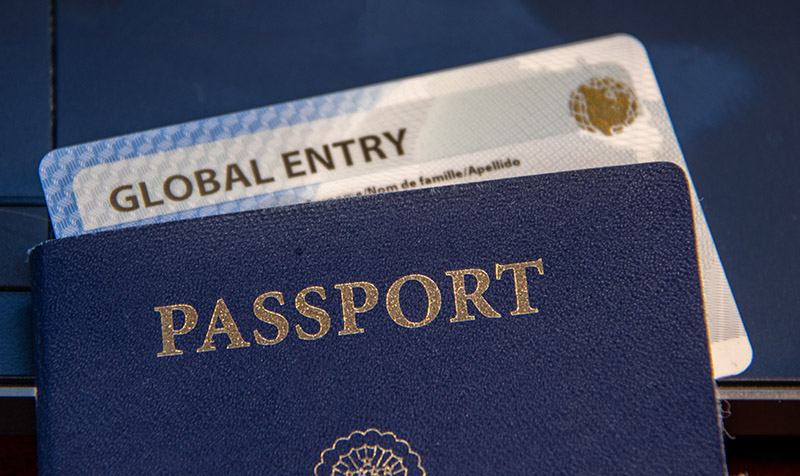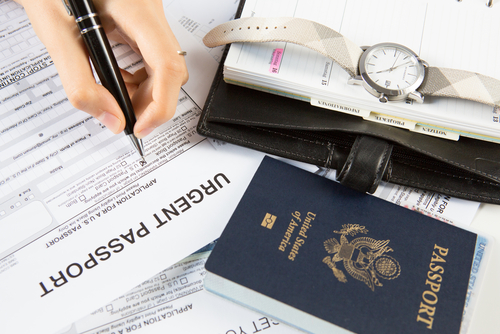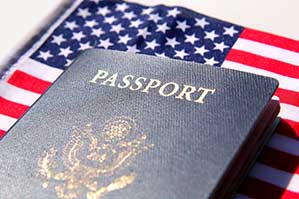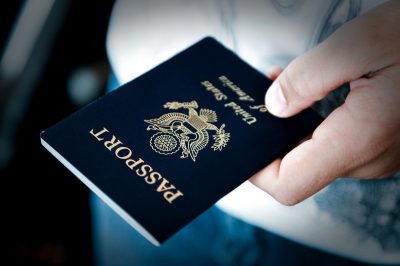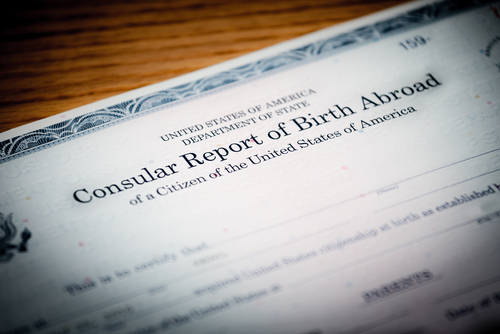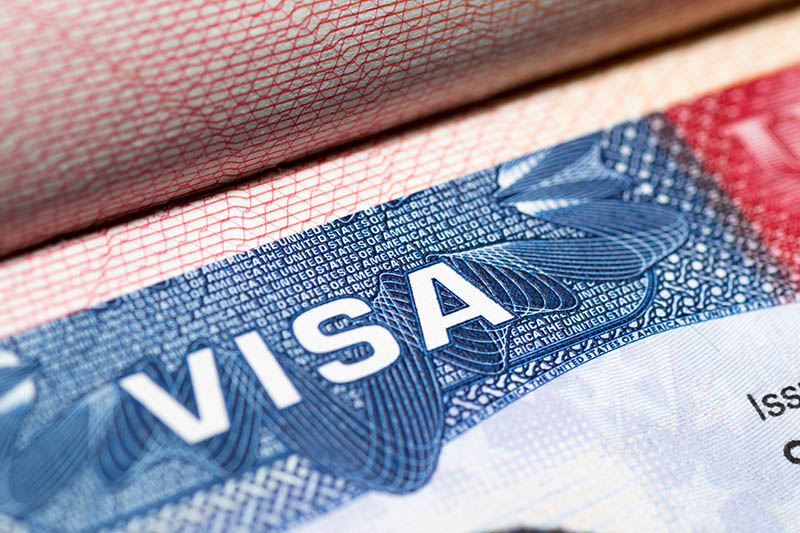
There are several ways of extending a tourist visa or for that matter, any visa type. Renewing a tourist visa is not much different than the process of getting a new visa or any other kind of visa. But not all countries simply let you extend your visa simply because you want to. There are countries with strict laws that prohibit any sort of extension of your tourist visa, so make sure you have your whole trip planned out ahead of time not to have any complications during your trip.
How to Extend a Tourist Visa
You will have to fill out a different form depending on the country to request an extension. As a result, you might be charged for the request which will get granted or denied. This must be done before your current visa expires. Depending on the country, you will have to provide a reason for your extension request.
Renewing a Tourist Visa
Typically, a tourist visa can be renewed by merely reapplying with an application form and awaiting approval from an embassy or consulate. If the country you are applying a tourist extension for is allied with the US, it will be much easier.
Your Sponsor Requesting an Extension
Another way to apply is by contacting your sponsor and requesting an extension. Your sponsor will then have to contact an embassy or consulate with a letter of their approval for an extension. Usually, you will be asked of your reason for the extension for security reasons. If you did not need a sponsor to get your visa in the first place, you would not need a sponsor to request an extension.
Countries That Require Travel Visa for U.S. Citizens
| China | China requires U.S. citizens to obtain a Travel Visa prior to traveling | Chinese visa is usually 10 years. |
| India | India requires U.S Citizens to obtain a Travel visa and eVisa depending on how long you are staying in India. | An Indian visa is usually 10 years |
| Russia | Russia requires U.S. Citizens to obtain an eVisa prior to visiting Russia | Russian eVisa is required |
| Nigeria | Nigeria requires U.S. citizens to obtain an eVisa prior to visiting Nigeria. | Nigerian eVisa is required |
Situations Where Extensions Are Not Allowed
Although most countries provide extensions, some don’t when it comes to tourist visas. Tourist visas in certain countries have stringent limitations that will not allow you to overstay or ask for an extension unless it is a medical emergency. If you do overstay, the consequences could be dire, including hefty fines and even jail time.
One of these countries is Russia. Russia is a country that requires a sponsor to get into a country and does not let people stay longer than initially permitted. Unless you need to stay in the country, Russia will not let you extend your visa for any reason.
Types of Visas You Can Extend
In the countries where you can extend your tourist visa, you are also likely to be able to extend your:
- Business visa
- Work visa
- Student visa
- Diplomatic visa
- Medical Visa
How Much Does it Cost to Extend a Tourist Visa
When extending your tourist visa, each country has its own prices. In most situations, the cost of an extension will be the same price as getting your tourist visa. For example, if getting a tourist visa cost you $100 for the visa and application, the extension will probably be the same price.
Some countries do not charge anything for the extension. This is usually done as a courtesy to the traveler for coming into their country in the first place. Check with your embassy or consulate to check the prices for an extension before you start your trip.

